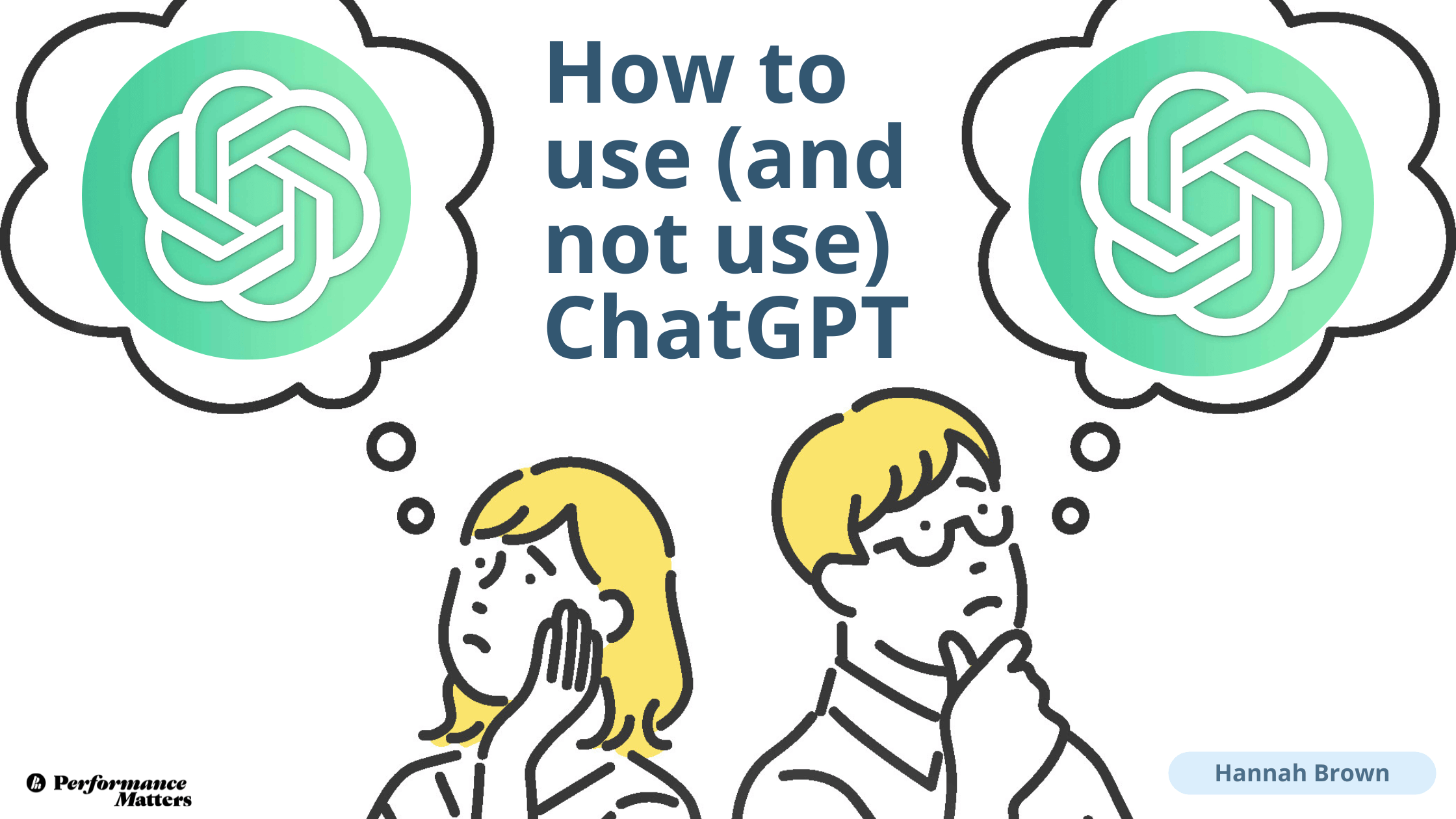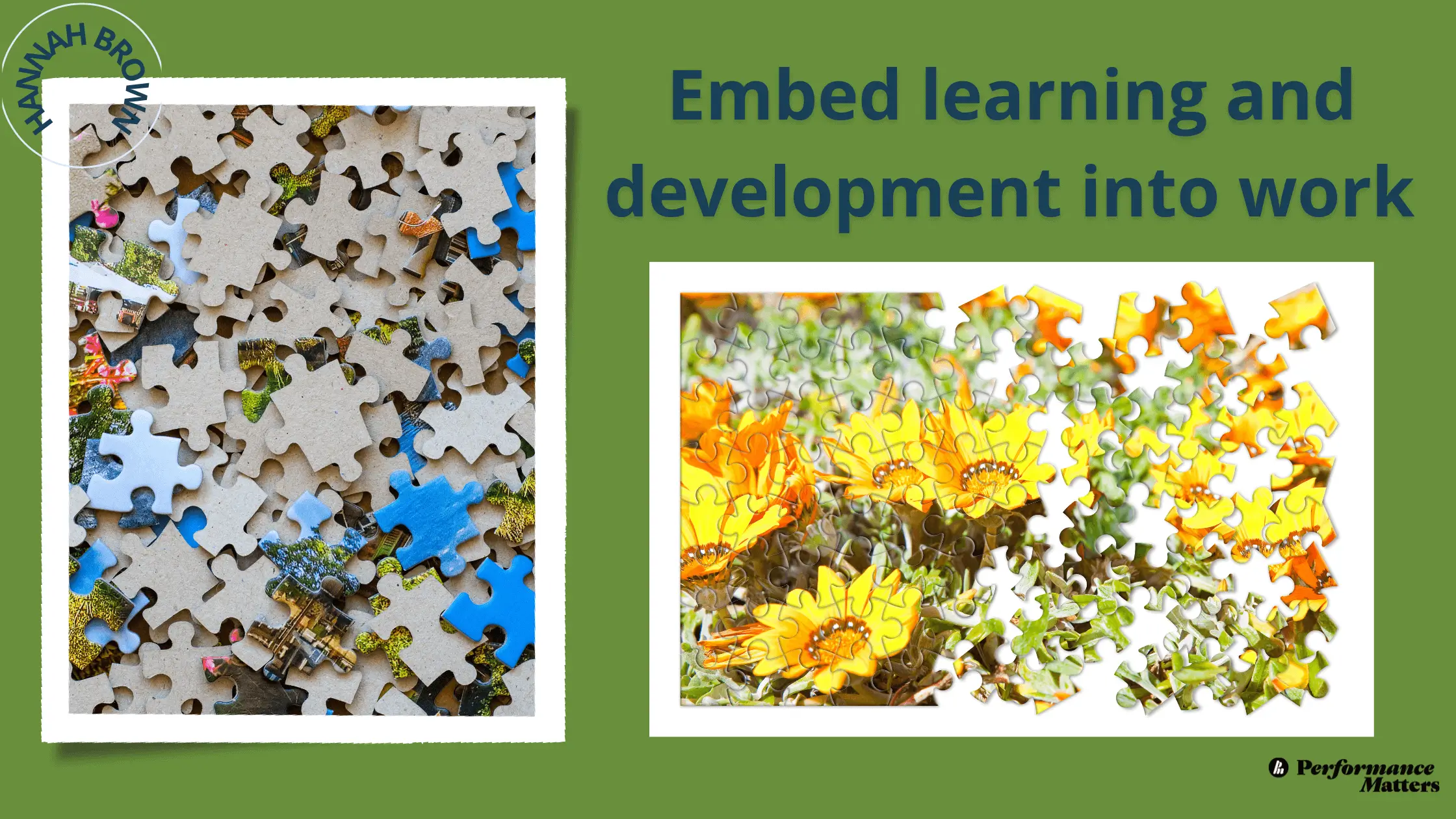“I can do things you cannot, you can do things I cannot; together we can do great things.”
— Mother Teresa
There’s a tension between soliciting input to collaborate with others and plowing ahead to get the job done. Whether you’re developing an independent training course, designing a learning journey or creating a learning strategy, you need input from others. But how much input do you need?
Taking the time to do broad consultation ensures more perspectives are heard, but it also slows down the process. Often we are asked to quickly create something – an elearning course, a virtual training program, or a feedback process. The request for ‘quick’ makes it challenging to consult broadly.
I want to focus on the intersection between instructional design and project management and highlight one model that serves this intersected space.

A RASCI is a well-established model used in project management and provides tremendous value when incorporated it into our instructional design process. The model provides a way of defining stakeholders and their roles. Text
RASCI model
These are the roles the RASCI outlines:
- Responsible – Those responsible for doing the task and who ensure it is done according to the approver.
- Accountable/Approver – The one person who signs off on work that is completed.
- Supported – People who support the person who is responsible and who help complete the task.
- Consulted – People whose opinions are sought, typically subject-matter experts.
- Informed – People who are kept up-to-date on progress (one-way communication), often only on completion of the task or deliverable.
RASCI in practice
Here is an example of how I’ve used a RASCI to help clients navigate the balance between consulting with others and moving the project forward.
Director, Learning in Federal Government
I’ve been advising a Director, Learning in the Canadian Federal Government to help her implement learning design processes and standards for her team. Our work has extended into other areas, including how her team works with other departments. As a federal organization, they include a tremendous amount of collaboration with other agencies as part of their design process. This helps ensure training courses meet the employees’ and organization’s needs. While there are these benefits, it also takes time. Part of the delay is that her team and the stakeholders aren’t always clear about who they’re inviting to provide input and the type of input her team is seeking.
We created a document, How to work with Stakeholders, which defines the stakeholder groups they most often need to consult with. It then overlays the stakeholder groups with the instructional design process to identify when to engage which groups and the types of feedback to solicit. These groups and the process are based on a RASCI.
For example, in the early design stages, they might consult with one group to define the performance need. These are possible questions to ask:
- Why is this initiative important?
- Why is it important now?
- What change do you expect to see – what will employees do differently?
- What will success look like?
You may return to this group later in the design process to solicit feedback on the partially designed course. You may ask them to provide input on the following:
- A model or framework for presenting ideas.
- How you are explaining policy, legislation, etc.
- A specific video script.
- Specific tasks participants will need to complete.
- Case studies, scenarios or vignettes to ensure they’re realistic.
If you define who your stakeholders are and what their role is, you can be specific about the input you need from them. You can set clear expectations for the type of feedback you receive and avoid a mismatch between what you need and what they provide. There’s nothing worse than asking for input at a conceptual level and getting feedback on word-smithing!
In case you missed it
I’ve shared some additional posts online. Here they are in case you missed them.
- Learning versus development – (video link)
- Identifying training goals and metrics – (video link)
- Categorizing existing training materials – (video link)
- Who to include in your needs assessment – (video link)
Training that Clicks book – I’m writing a book about virtual training. I’ve been posting about the process every Friday on LinkedIn.
Follow this hashtag #bookbyhannah on LinkedIn to learn about my journey. Follow this hashtag #trainingthatclicks to learn about this book specifically.




